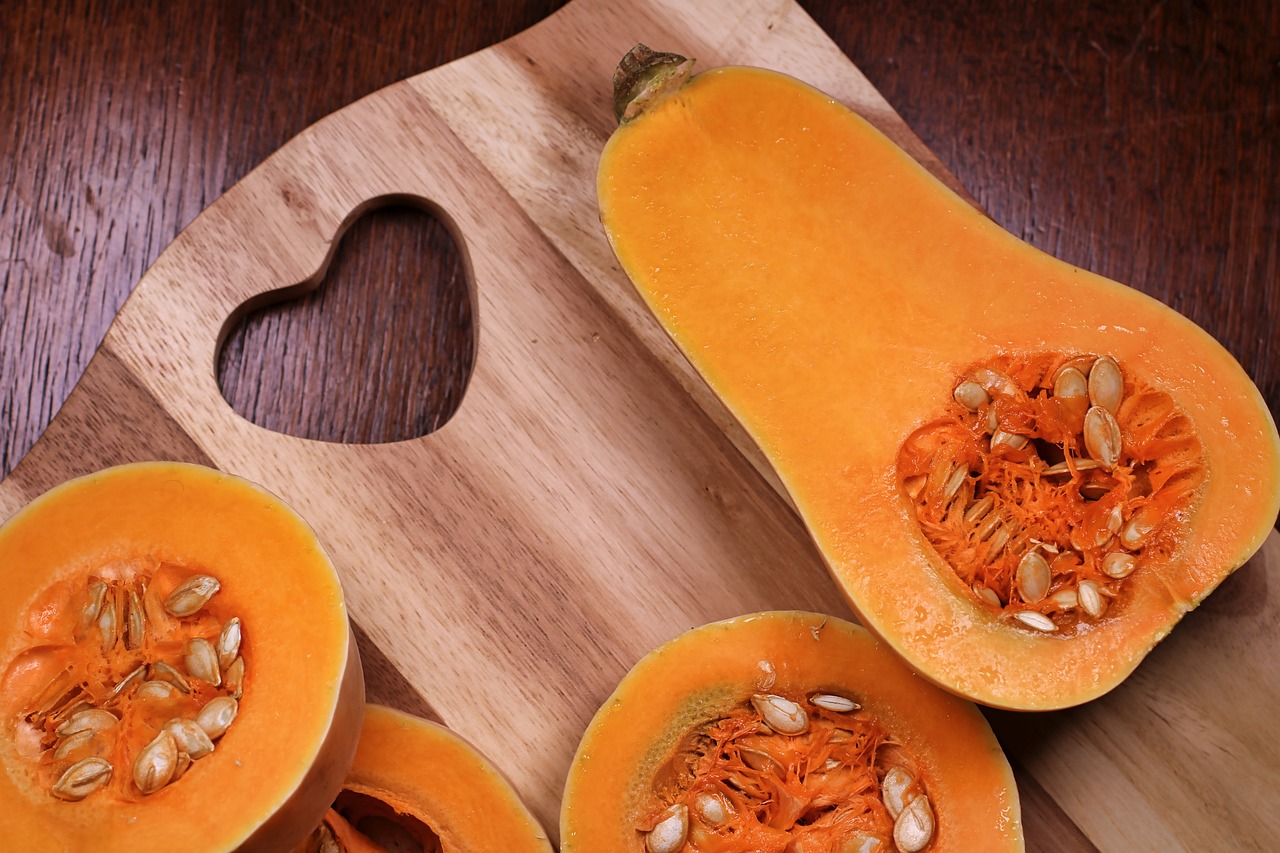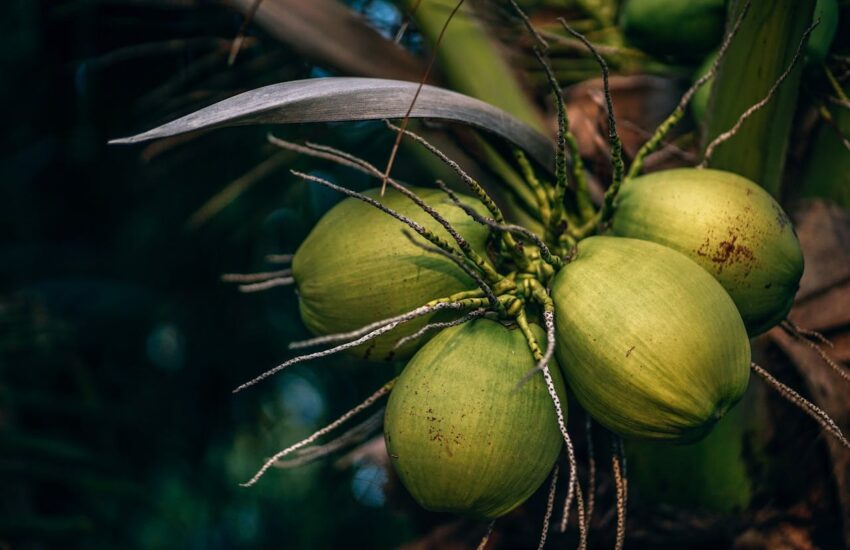The Nutritional Goldmine: Butternut Squash and Optimal Human Flourishing
When it comes down to taking your health into your own hands, one of the most simple things you could ever do is change how you eat.
The Standard American Diet (SAD) really is sad as it is filled with foods that don’t have human flourishing in mind. It’s not as if they were designed to harm people, but the truth is an over-reliance on these foods can damage the human body.
Choosing highly nutritious foods and building a diet of them is going to have you feeling your best as well as actually bringing you optimal health.
While I’ve written about dozens and dozens of foods in the past decade, I’ve never spent an entire article dedicated to extolling the benefits of butternut squash.
And since, as I write this article, it’s early November, and butternut squash is in season. I figured I should write about this lovely gourd as it really is a great food to include in your diet.
Best yet, there are ample science-backed advantages of incorporating butternut squash into your diet, from boosting immune function to promoting heart health and overall well-being.
And let’s not forget, it tastes great, too.
So, let’s get into the goodness.
7 Reasons Butternut Squash Will Have You Feeling Great
Now, I don’t think any of you will be becoming consumers of butternut squash only after reading this, but I do believe plenty of you will begin using it to round out your diet into something a little more colorful.
So, let’s start out with reason #1 for eating butternut squash.
1: Rich in Essential Nutrients:
Butternut squash is a powerhouse of essential nutrients that are crucial for maintaining good health and promoting human flourishing.
It is a rich source of vitamins and minerals, particularly vitamin A, vitamin C, vitamin E, and potassium. A single cup of cooked butternut squash provides 437% of the recommended daily intake of vitamin A, which is essential for maintaining healthy vision, skin, and the immune system [1].
Vitamin C and E, both potent antioxidants found in butternut squash, help protect the body from oxidative stress and support overall well-being [2].
Plus, it has a solid amount of potassium, which plays a vital role in maintaining healthy blood pressure [3].
2 – It Can Help Build a Healthy Immune System
After all the hardships of the pandemic, more people than ever are concerned with how they can boost their immune health.
Butternut squash is one of the better tools for this.
Butternut squash can be a valuable asset in bolstering immune function due to its high vitamin C content. Vitamin C is well-known for its role in enhancing the body’s defense mechanisms against infections. Regular consumption of butternut squash can help reduce the risk of illnesses and keep you feeling your best.
3 – It Can Help You Lose Weight:
I know that all of you reading this understand just how important being a healthy weight is to feeling great and maintaining great health.
All kinds of foods can interfere with your waistline, but butternut squash, when consumed as part of a healthy diet, is not one of them.
A few things about butternut squash make it a great staple. First, it’s a low-calorie, nutrient-dense food that can aid in weight management. Its high fiber content contributes to a feeling of fullness, reducing the likelihood of overeating [5]. Fiber also supports digestive health, which is crucial for nutrient absorption and overall vitality.
Plus, the carbohydrates in butternut squash burn quickly when being used in exercise!
4 – Contributes to A Healthy Heart
If you want to feel great all the time, you want a fully functioning cardiovascular system.
As I mentioned earlier, butternut squash is rich in potassium. What most people are unaware of is just how important that trace mineral is for cardiovascular function.
Potassium regulates blood pressure, reducing the risk of hypertension and related heart issues [3].
Another antioxidant found in butternut squash is vitamin E, which has been shown to help reduce oxidative stress and inflammation, factors often associated with heart disease [6].
5 – It Enhances Nutrient Synergy
If you’ve read my articles in the past, you know I like it when synergy is at play in a supplement.
Butternut squash is a great food because many of the nutrients found within its golden pulp work well together.
Even better is when you pair it with foods high in healthy fats (which make it extremely delicious), it can improve the absorption of fat-soluble vitamins found in butternut squash, like vitamins A and E.
This nutrient synergy allows for a more comprehensive approach to nutrition and optimal human flourishing.
6 – It Has Skin Health and Anti-Aging Benefits
Healthy, radiant skin is often seen as a sign of well-being and vitality. And honestly, it can just help a person feel better, knowing they look great.
Part of what enables butternut squash to facilitate better-looking skin is its high vitamin A content.
Vitamin A helps maintain skin integrity, promotes collagen production, and may reduce the signs of aging [8]. Incorporating butternut squash into your diet may contribute to a youthful and glowing complexion.
Plus, vitamin A is an antioxidant that can help resist the ill effects of free radical damage, which contributes to its anti-aging benefits.
7 – Enhanced Cognitive Function
We all want better brain function, and butternut squash’s vitamin E content, along with its antioxidant properties, may help protect brain cells from oxidative damage, potentially reducing the risk of cognitive decline [9].
Start Using It While You Can
There’s no doubt about it. In the pursuit of optimal human flourishing, a balanced diet plays a pivotal role.
Butternut squash is a nutritional goldmine, offering a multitude of health benefits that contribute to overall well-being.
From supporting the immune system to promoting heart health, aiding in weight management, enhancing skin health, and supporting cognitive function, butternut squash is a valuable addition to any diet. Its rich nutrient profile, including vitamins A, C, E, and potassium, along with its versatility in the kitchen, makes it a delicious and healthful choice that can enhance your journey towards flourishing.
Now, if you want to know how to make it a part of your diet and enjoy every bite, take a look at this recipe list.
(1). Squash, winter, butternut, cooked, baked, without salt.” National Nutrient Database for Standard Reference Legacy Release, United States Department of Agriculture (USDA).
(2.) Carr, A. C., & Maggini, S. (2017). Vitamin C and Immune Function. Nutrients, 9(11), 1211.
(3).Geleijnse, J. M., Kok, F. J., & Grobbee, D. E. (2003). Blood pressure response to changes in sodium and potassium intake: a metaregression analysis of randomized trials. Journal of Human Hypertension, 17(7), 471-480.
(4). Hemilä, H., & Chalker, E. (2013). Vitamin C for preventing and treating the common cold. Cochrane Database of Systematic Reviews, 1, CD000980.
(5). Howarth, N. C., Saltzman, E., & Roberts, S. B. (2001). Dietary Fiber and Weight Regulation. Nutrition Reviews, 59(5), 129-139.
(6). Kris-Etherton, P. M., Lichtenstein, A. H., Howard, B. V., Steinberg, D., Witztum, J. L., & Nutrition Committee et al. (2004). Antioxidant Vitamin Supplements and Cardiovascular Disease. Circulation, 110(5), 637-641.
(7). Brown, M. J., Ferruzzi, M. G., Nguyen, M. L., Cooper, D. A., Eldridge, A. L., Schwartz, S. J., & White, W. S. (2004). Carotenoid bioavailability is higher from salads ingested with full-fat than with fat-reduced salad dressings as measured with electrochemical detection. The American Journal of Clinical Nutrition, 80(2), 396-403.
(8). Darlenski, R., Surber, C., & Fluhr, J. W. (2010). Topical retinoids in the management of photodamaged skin: from theory to evidence-based practical approach. British Journal of Dermatology, 163(6), 1157-1165.
(9). Morris, M. C., Evans, D. A., Bienias, J. L., Tangney, C. C., Wilson, R. S., & Aggarwal, N. T. (2002). Dietary intake of antioxidant nutrients and the risk of incident Alzheimer disease in a biracial community study. JAMA, 287(24), 3230-3237.


